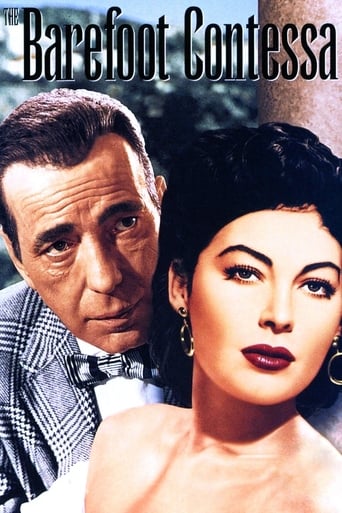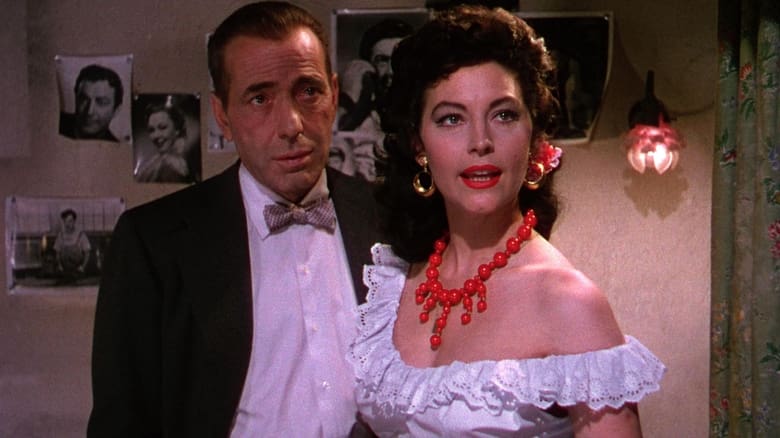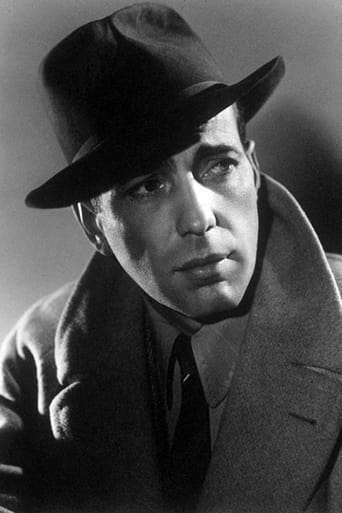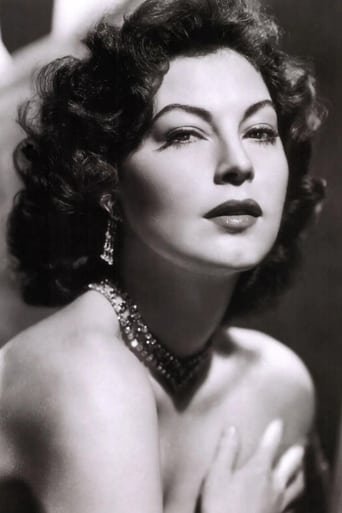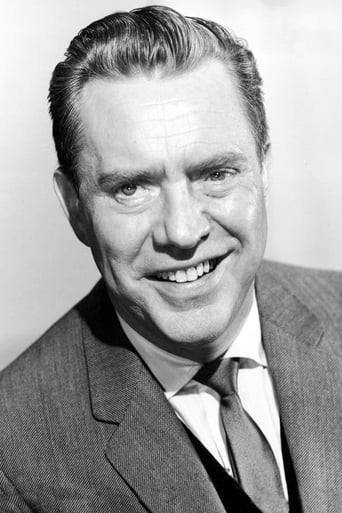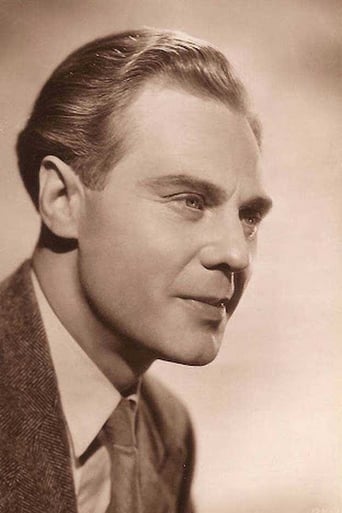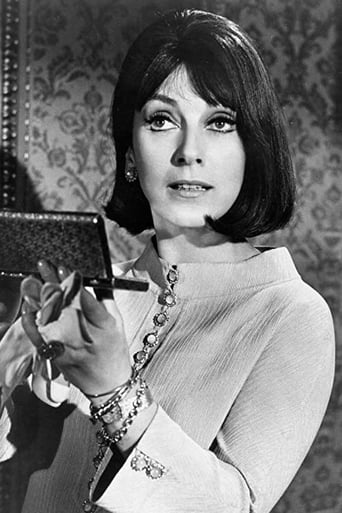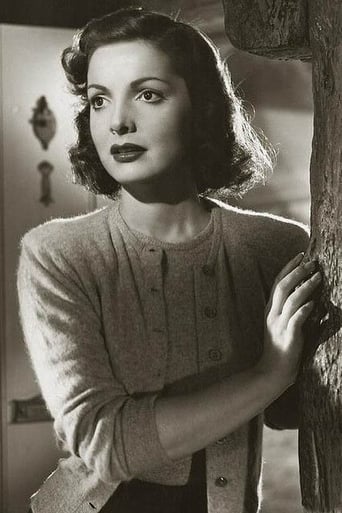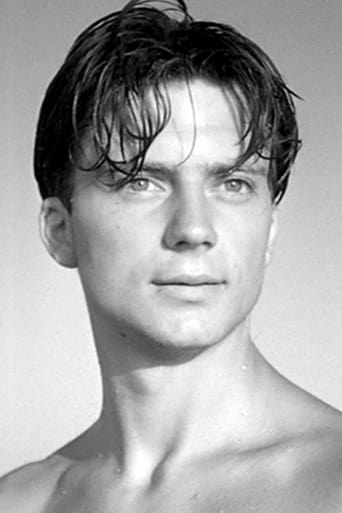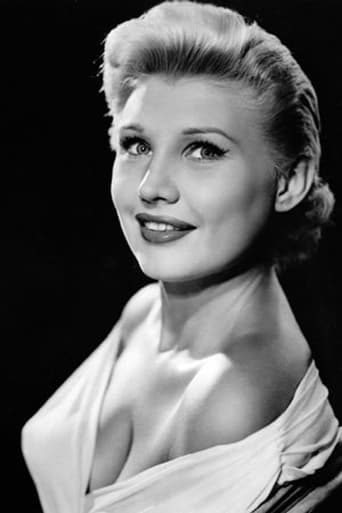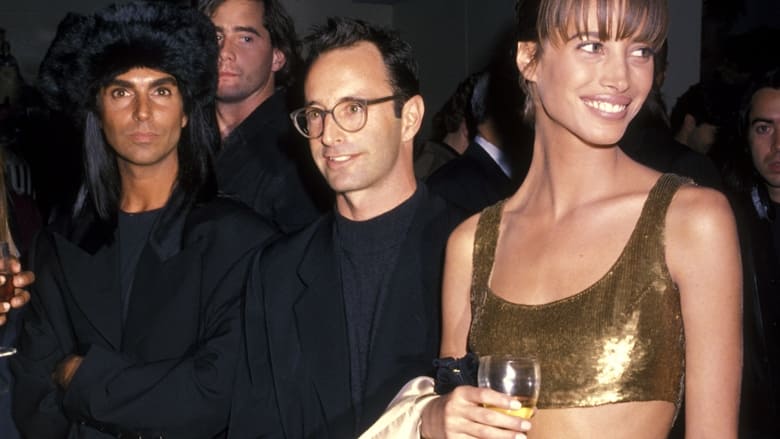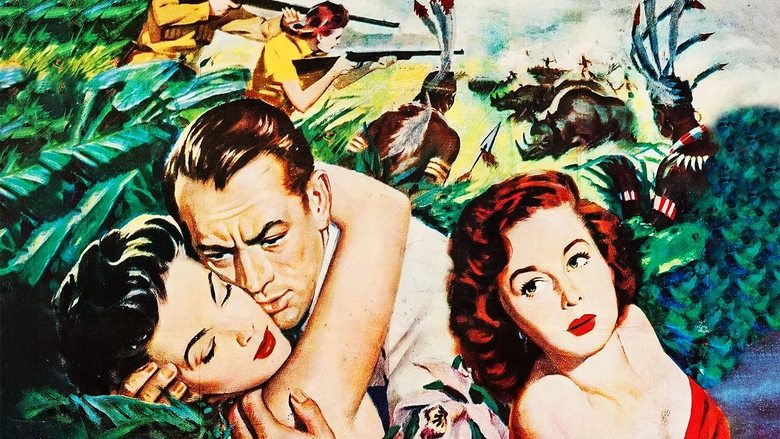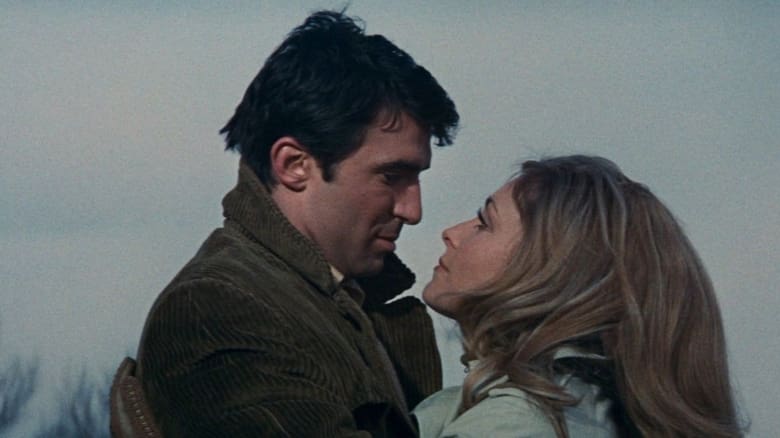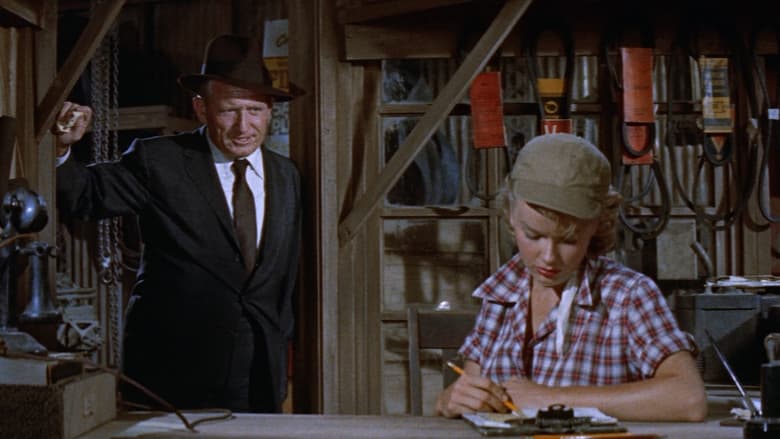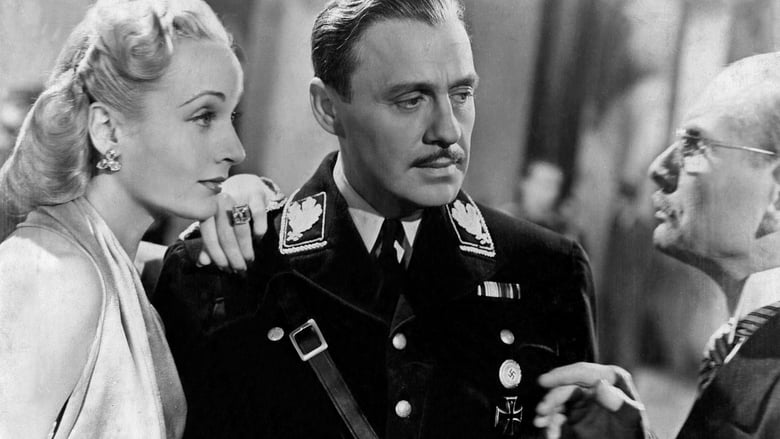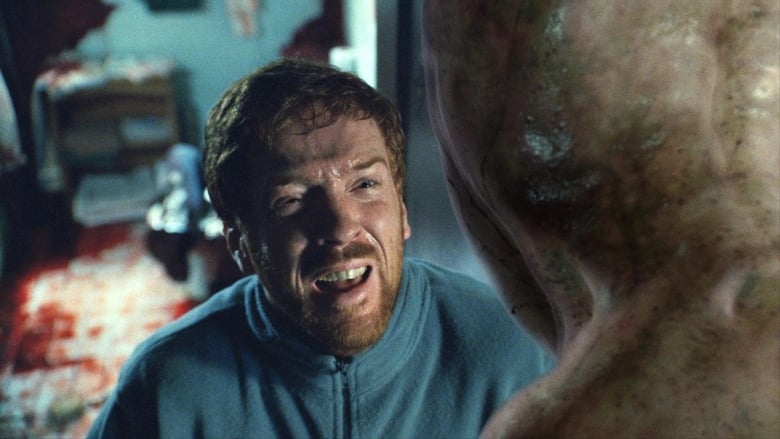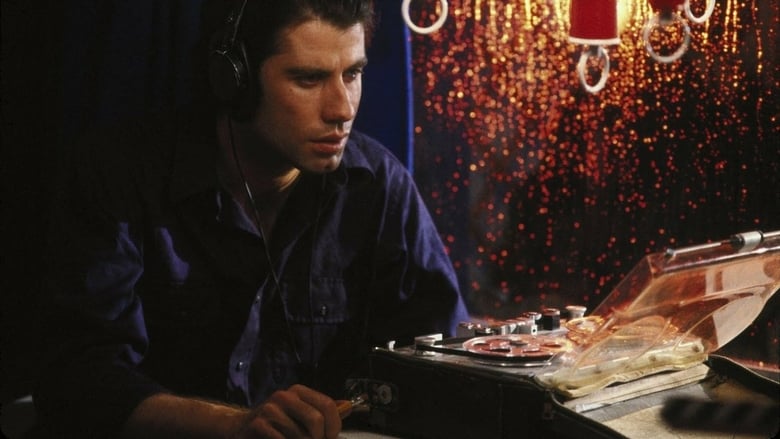Has-been director Harry Dawes gets a new lease on his career when the independently wealthy tycoon Kirk Edwards hires him to write and direct a film. They go to Madrid to find Maria Vargas, a dancer who will star in the film.


Similar titles

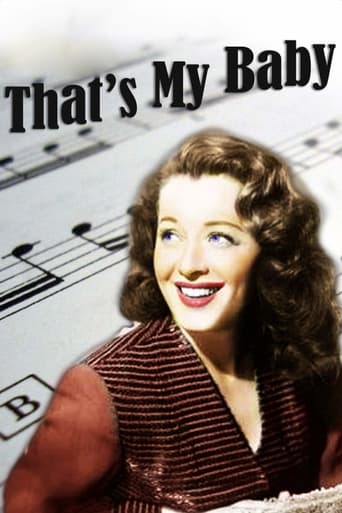
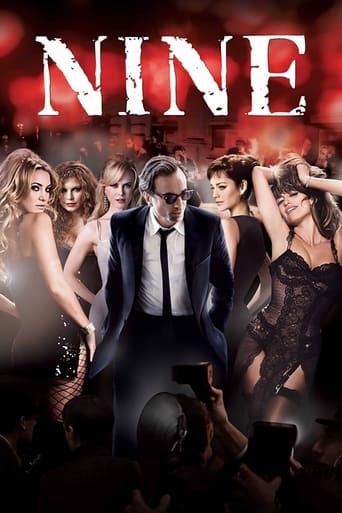
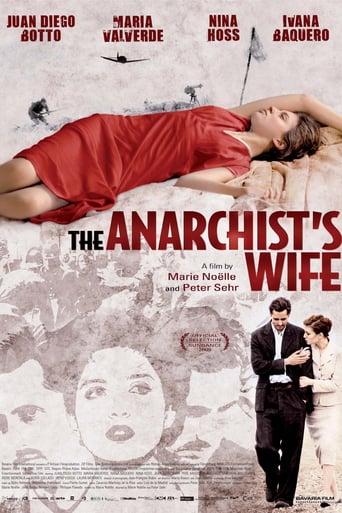
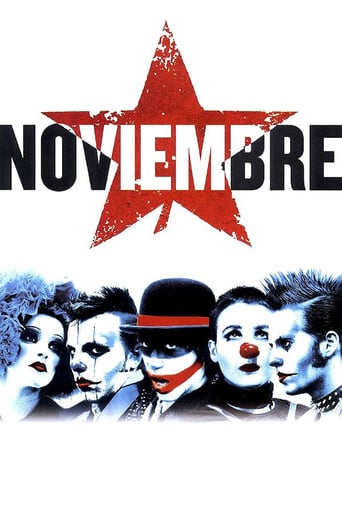
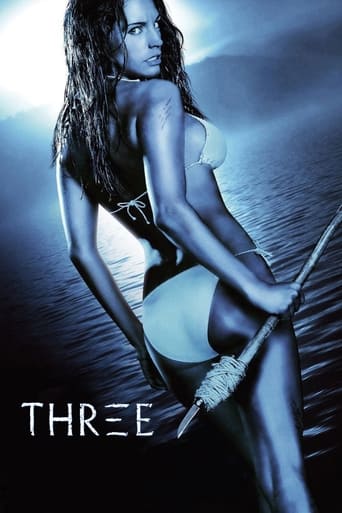
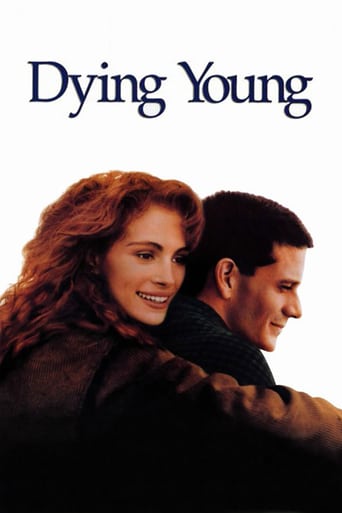
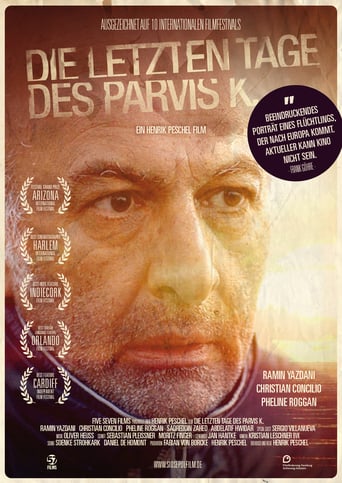
Reviews
The Barefoot Contessa is one of Ava Gardner's most famous movies, and some say it embodied her real-life escapades, but since I don't like her movies and think she was a pretty terrible person, I don't like it. Humphrey Bogart couldn't even fix it.At the start of the movie, we see the attendants at Ava Gardner's funeral. Four men, Humphrey Bogart, Rossano Brazzi, Edmond O'Brien, and Marius Goring, tell fragments of her life story to the audience in flashback. In a way, it reminds me of The Bad and the Beautiful, where four people tell Kirk Douglas's story in flashbacks—but I love that movie and consider it an insult to compare it to Ava Gardner's film. I don't usually like movies told in flashbacks because the audience isn't permitted to follow a linear story, and The Barefoot Contessa is no exception. I won't spoil the plot, but whatever the audience learns about Ava is anticlimactic and a little boring.Unless you really love Ava Gardner, this isn't a classic I'd recommend watching. Personally, I prefer my Barefoot Contessa on Food Network.
Spoiler Alerts ahead! There are so many things wrong with this film, that it's hard to know where to begin. As others have noted, the main failing is the overall tone: unrelentingly morose and downbeat. Perhaps the writers were attempting a psychological thriller like "Gilda." However, they made a crucial mistake - the leading actor, Humphrey Bogart, has no romantic relationship with the leading actress, Ava Gardner! The script goes to great pains to stress that they are just friends, and that the Humphrey Bogart character is in love with his on screen wife (a minor character played by an actress I'd never seen before.) Yawn. Meanwhile, no one can interest the Ava Gardner character until late in the film when she falls for Rossano Brazzi. Although it's hard to tell that she falls for him at all.However, they get married, and here's where the script really goes off the rails. RB fails to disclose that his junk was shot off in the War prior to their nuptials. The film just throws this cruel deception out there without comment and then seems to judge the Ava Gardner character for having to cope with it. Of course this was still the era of the Hayes Code, and another thing that the screenwriters seem to be counting on is a certain amount of naivety on the part of the audience, by assuming that the audience would think that a man would need his equipment to, um, make a woman happy. Humphrey Bogart badgers Ava Gardner, "How long was it before you couldn't stand it anymore?", I.e. go without sex? I have a feeling that couples went home in the 1950's and asked each other, ""Why didn't they just..you know...?" Ava Gardner's solution of providing her husband with a baby he can use as an heir is of course misguided, but not too implausible. But I think the script breaks down again when Humphrey Bogart fails to inform Rossanno Brazzi of his wife's good intentions by getting pregnant and just lets him think she a slut. If you have a good quality television this film will be worth watching just for how radiant Ava Gardner looks. She is stunning, especially in sunglasses and a black swimsuit. The locations in the South of France are nice to look at, too.
"Life, every now and then, behaves as though it had seen too many bad movies". Coming from Joseph L. Mankiewicz, as accomplished a writer as a director, this remarkable preterition works like a clever warning: don't get too fast on accusing the script to be too formulaic, talky or hackneyed, "The Barefoot Contessa" is set in a world of pretension, from Hollywood to the European jet-set, behavior is dictated by predefined codes, by a person's aura or by a hierarchy that never tells its name, whose people are all characters guided by the writing and directing of a divine instance, called fate.But I must say I was disappointed when I learned that the story of Maria Vargas, "The Barefoot Contessa", was based on Rita Hayworth, or some actress named Anne Chevalier. It was too great a coincidence but I thought it was meant to be from and of Ava Gardner, and only Ava Gardner, for her biography is one of these peculiar cases when reality is strangely more fascinating than fiction, especially when the kind of fiction we're talking about is fairy tale. Now I even realize that "The Barefoot Cinderella" who'd have been quite a fitting title, if only to sustain the idea that this was a princess who had everything to triumph over adversity, looks, heart and that inspiring sparkle in the eye, but no Prince at all and what more tragic than a Cinderella remaining barefoot? And Ava Gardner was that kind of Cinderella-figure. She was uniquely beautiful; she was revered as one of the most beautiful actresses of the world, if not the most. And despite all the looks she had, and the stardom she was brought to, she never felt totally happy, she had only three men, no children, and left the silver screen with mixed memories. How can a woman blessed by such a voluptuous body and illuminating face, kept such a miserable opinion on a success served on a silver, no, golden plate? That's the kind of mystery "The Barefoot Contessa" tries to give answers, and if seriously, they didn't think about Gardner before writing the story, then her casting, is quite a strike of genius.The film opens when producer Kirk Edwards comes to a Spanish bar with his publicist Oscar Muldoon (Oscar-winning Edmund O'Brien) and director-writer Harry Dawes (Humphrey Bogart) to find a new face. They heard of a beautiful dancer named Maria Vargas but she trusts neither of Edwards or Muldoon. It's to Dawes that she finally opens her heart, expressing her fear of success, her eagerness to keep her feet on the dirt, as if the heights of success would make her dizzy. She likes movies though, but she doesn't trust herself, nor her capability to find love in this world, let alone there. This is not the little girl from Madrid slums talking, this is the earthy daughter of North Carolina who loved to go barefoot before luck brought her to MGM. But Cinema for Dawes is as unimaginable without Maria than ours without Ava, he convinces her give happiness the benefit of the doubt.The relationship between Dawes and Maria is particularly poignant and given the two actor's age more acceptable than Bogart with Hepburn in the film of the same year "Sabrina". Maria is a beautiful flower waiting to bloom and Dawes her guardian angel. But after three movies made together, she was able to fly with her own wings, and became a star among the stars, as admired as envied. The story is told from flashbacks during her funereal from Dawes, Muldoon and Maria's two lovers, a frivolous Latin American playboy Alberto Bravano (Marius Goring), and Count Vincenzo Torlato-Favrini (Rossano Brazzi). And what is interesting is less the relationship she has with these men than the way she gets into and out off one's arms, before her tragic ending.All through the film, we never know to which extent Maria lead her destiny, she's indeed a fairy-tale heroine with enough determination and courage to seize the situation but still guided by destiny. She was reluctant to go with Bravano, but only because Edwards forbid her, she challenged him. Then she challenges Bravano, by turning her back on the decadence of casinos and jet-set, and still dance on the mud near a Gypsy camp and this is where the Count meets her. The Counts has everything of a Charming Prince, but seems to hold a terrible secret, which would ultimately seal Maria's fate, the one that kept Cinderella forever barefoot, and to which the erected statue plays like a poignant epitaph.It's true that some choices, some actions are questionable given the context of the film, and their purposes seem to be their convenience to a plot leading to its tragic conclusion, but it's all in the 'bad movies' line as if Maria's life was in fact, the worst movie she ever made, and when every now and then, someone utters a kind of corny line, it's like the screenwriter apologizing in advance. That whole intricacy between reality and fiction is cleverly handled, which is not surprising coming from the director of "All About Eve", whom the film borrows some elements through the opening and the different perspective of Maria's life from the others' perspective. "All About Eve" remains superior if only because it had the perfect balance between action and talk, I must admit in "Barefoot Contessa", Mankiewciz took our patience for granted, which didn't leave much screen time to the most dramatic and poignant parts. Appreciating "The Barefoot Contessa" is understanding some bits of Ava Gardner, an unusual star who despised her stardom because she felt there was more to life than playing the star, and incongruously, that kind of attitude made her an even more glorious star, because paraphrasing Bogie, that's the stuff great movies are made on.
When a movie opens with the funeral of the main character, you know you are in for a long, sad ride. Really long, in this case – the movie clocks in at two hours. With the inevitability of a tragic death fixed at the opening, it's hard not to see the entire film through filter of sadness.The Barefoot Contessa follows the rise, perpetual dissatisfaction and demise of a beautiful, charismatic Maria Vargas, a young Spanish woman played by Ava Gardner. A powerful wall street type turned movie backer wants her to be the new face and visits her in her small village, dragging along a PR man, the director and washed up actress. There are two narrators – a little confusing at times – but most of the movie is relayed from the perspective of Humphrey Bogart, a sad sack, world weary writer/director (in a mythical time when writers were as famous as the stars). He was great, as always, and Gardner was good but lacked oomph for someone supposedly able to set the world on fire.I think that was due mainly to the direction, she wasn't allowed to sparkle; quite the opposite, she was prohibited from shining. The odd thing about the movie is how much of her action happened off screen. When Hollywood arrives in her village to see her dance, we only see her hands clicking castanets. When she has a screen test which dazzles jaded directors and, we don't see it. When she makes three movies, we never see her on set or even get a hint of what she was like in the movies. When she rises to the top of the celebrity mountain with legions of adoring fans, we don't see them or even understand why. In fact, all she really does is mope around and wait for her demise. The only time she is allowed to partially captivate is during an odd scene where she hand-dances at a Gypsy camp.It must have been intentional, and added to the doomed mood throughout. Instead of the details, instead of watching a small town girl lose her innocence (though she always seemed quite confident, self-possessed and resigned to her fate) we see the outcomes -- cruel people growing crueler, the dehumanizing effect of fame and redemption for a few characters (Bogart's character finds true love after three marriages and manages to kick the booze habit for good). Mostly we see barefoot Ava, drifting through life, never able to let herself be happy, or fall in love, or enjoy success, or even laugh. And we are never really able to understand why. The opening shot shows that she is doomed and I was never able to shake that inevitability throughout.Still well worth the time.-- www.cowboyandvampire.come --
